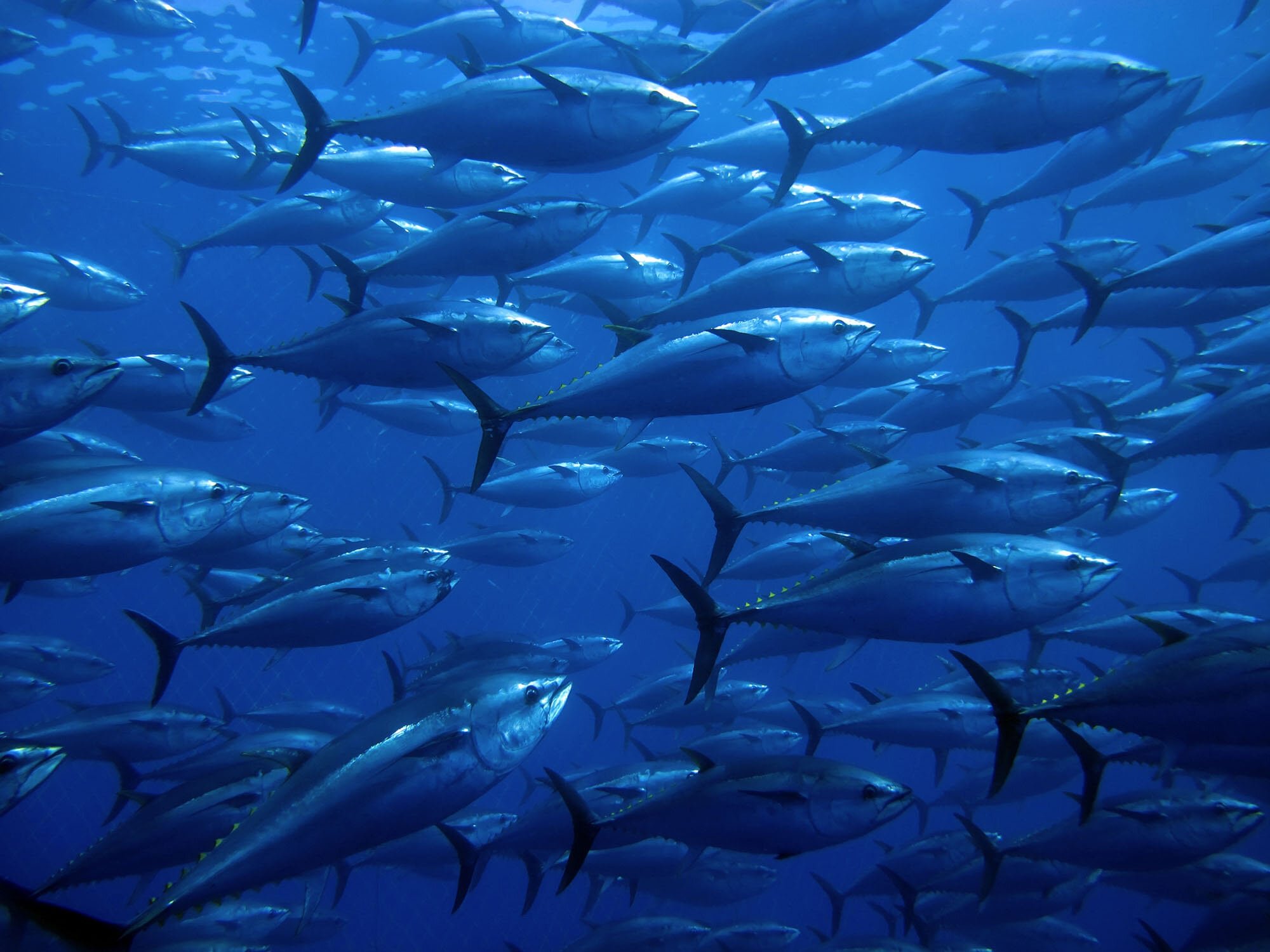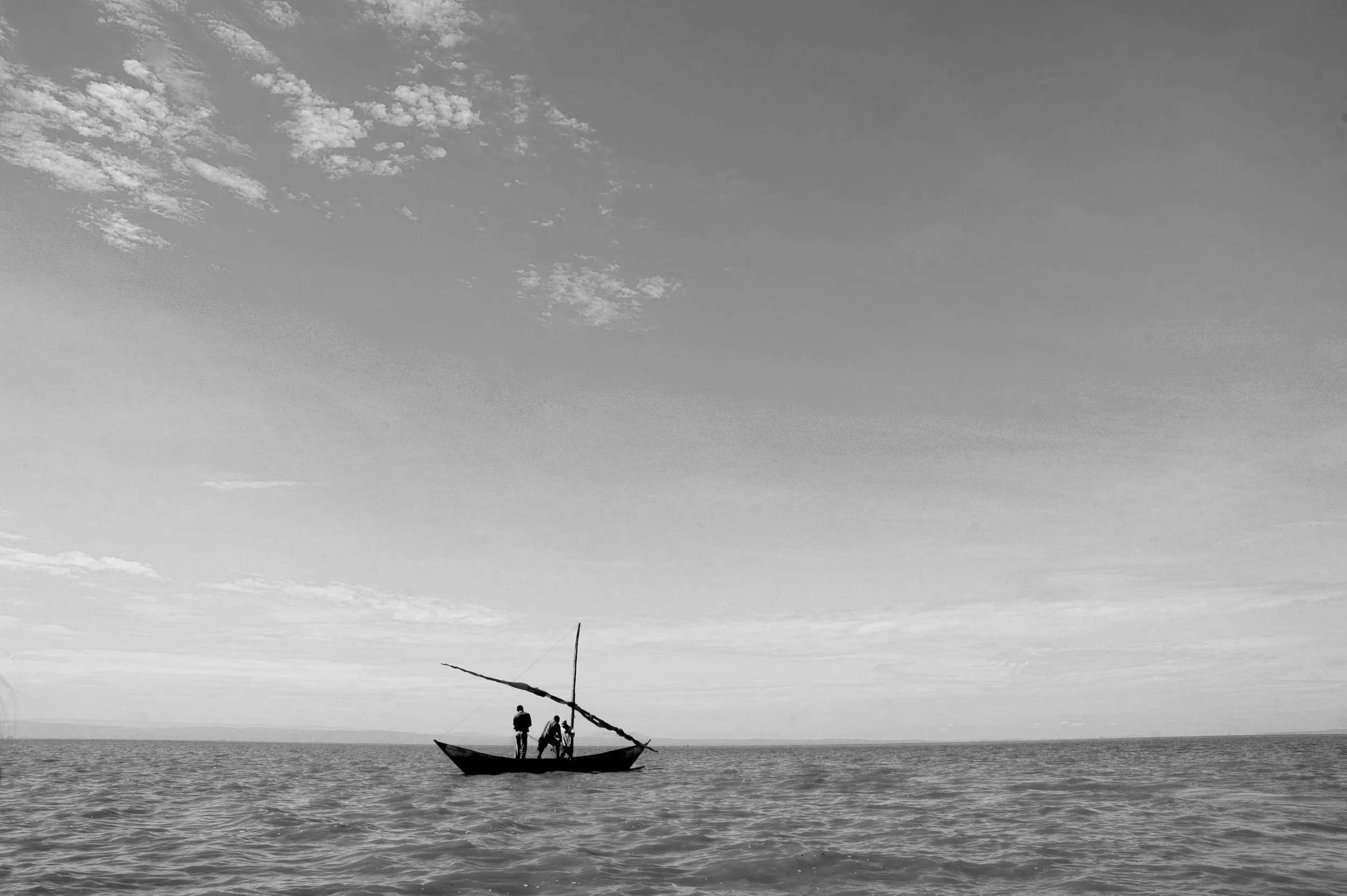
Our SPECIES
Supplying highly sought-after species using low-impact fishing methods.

Wild Nile Perch
Lates niloticus
Large fillets and a meaty texture make wild Nile perch a delectable seafood option. Sometimes referred to as “freshwater grouper,” this species is rich in omega-3 oils and mild-flavored, and its moist, medium-firm flesh flakes well. A gem of Africa’s fresh waters, wild Nile perch never ceases to amaze even the finest culinary palate.
Bluefin Tuna
Thunnus maccoyii / honmaguro
In the sushi world, this fish is a hotly debated form of tuna. As one of the world’s largest fish, bluefin tuna has become the most popular among sashimi consumers and the demand has rapidly grown from Japanese to U.S. territories in the past decade.
Quality
- Capture and ranching techniques
- Delivery to the US daily all year around
- NOAA FORM 370: Fisheries certificate of origin Approve
- Captains statement on “Dolphin-safe-catches”
- EBCD: electronic Bluefin tuna catch document
Sustainability
Our farmed southern bluefin tuna is a high-quality sashimi-grade product. Our customers are extremely satisfied with the quality and high-fat content of our tuna. Through eco-friendly ranching and cutting-edge innovations, our farm-raised tuna has helped to create safer practices for distribution both nationally and internationally.
See LessYellowfin Tuna
Thunnus albacares / kihada
Yellowfin is one of our most prized species and is in high demand with consumers. Our tropical and subtropical yellowfin tuna is of the highest quality and is supplied through longline fishing techniques, as well as other sustainable processes.
Quality
- Long line fishing under The MSC-Certified Seafood Product
- Delivery to the US daily all year around
Sustainability
Being one of the most important commercial tuna species on the planet and in the sashimi market, we strive to maintain oceanic balance through our sustainable business practices. Through our farming techniques, this cold-water fish is protected from overfishing through both safe and organically fed harvesting. Pescatlantic Group supplies yellowfin tuna of the highest grade, while practicing responsible breeding and securing certifications.
See LessBigeye Tuna
Thunnus obesus/ mebachi-maguro
These fish are avid dwellers of the richest waters. Ranging through the Pacific, Atlantic and Indian oceans, big eye fish are some of the most valuable species of tuna captured by weight globally. Preferred by sashimi lovers, this high-quality fish is now even comparable to the bluefin species.
Quality
- High quality Bigeye yields a reddish-pinkish interior flesh
- Typically higher fat content than yellowfin
- Long line fising under The MSC-Certified Seafood Product
Sustainability
With a wide range of management measures, Pescatlantic Group uses longline techniques and processes to improve not only the environment, but harvesting habitats year round. To conquer the effects of overfishing, our fisheries significantly strive to reduce big eye tuna casualties through careful development of our big eye tuna and by taking great care to respect our oceans.
See LessHamachi
Seriola quinqueradiata / japanese yellowtail
Hamachi has light golden flesh and often may display a dark streak along the sides of the fillet. This species of fish is rich in texture and very flavorful. Usually marketed with the Hawaiian name ahi, Japanese yellowtail is a prime product for global intake.
Quality
- High Fat Content
- Creamy Taste
- Richer texture than many tuna species
Sustainability
All of our Hamachi are raised in stress-free enviAll of our hamachi are raised in stress-free environments where they thrive best with their species. Through organic feeding, we allow all of our hamachi fish to gain a high fat content while carefully tending to their environment for maximum development. Our attention to detail results in a perfect buttery texture and a rich, creamy flavor.
See LessKampachi
Seriola dumerilii / amberjack
An important commercial fish, kampachi also is a popular game species in Europe and North America. It has been an important resource for many coastal communities, where it is highly appreciated because of the high-quality meat and commercial value.
Japan is the largest producer of this greater amberjack, where its production has increased quickly in the last decades. This large fish is slender and agile and can grow to be more than 6-feet long. It’s mostly a silvery white color, with darker gray or bluish coloring above. As opportunistic predators, greater amberjacks feed on benthic and pelagic fish, as well as squid and crustaceans. Due to the popularity of this fish, it has recently received some attention in the aquaculture industry.
Quality
- GLOBALG.A.P certified
- Farmed Raised
- Whole Round
- High Quality
- Rich Flavor
- Firm Texture
Sustainability
Kampachi is a premier member of the greater amberjack family and is prized by Japanese itamaes and top chefs everywhere. The species is marked by a dark blue-green upper body with a lavender-tinted belly and elongated fins. This blue ocean fish receives a certified source of sustainable fish meal and fish oil with no GMOs. Raised without antibiotics, we ensure this species is not subject to selective breeding or genetic modification whatsoever.
See LessMadai
Pragus major
Did you know the madai snapper is not considered a snapper, but a sea bream fish derived from the Sparidae family? With its robust flavors, madai fish are known as the “true sea bream.” Fished in Japanese and regional Pacific waters, the demand for madai remains high.
Quality
- GLOBALG.A.P certified
- Farmed-raised
- Whole Round
- Iconic and celebrated Tai in Japanese cuisine
- High Quality
Sustainability
The demand for this particular fish has rapidly eclipsed wild harvest, and its export to the U.S. is modest when compared to national consumption. All of our madai fish is caught through the aquaculture method; thus, the waters are fostered to remain pure and naturally inhabited. Madai have been subjected to stock enhancement programs in Taiwan and Japan, and it is our goal to keep this species as savory and pure as possible. With a strong and historic popularity, aquaculture has made Pragus major more readily available to luxury consumers without the risk of overfishing and extinction.
See LessSea Bass
Dicentrarchus labax / branzino
Sea bass is a sweet and delicate fish that is popular all around the world. One of the most common fish, the sea bass is a world-class leader in a variety of fine cuisines. Native to Pacific waters including southern Australia and New Zealand, this freshwater fish is highly regarded as an ocean-going table fish. As a seasonally migratory species feeding on small fish and crustaceans, we pride ourselves on developing this fish to its best quality in the warmer seasons.
Quality
- GLOBALG.A.P certified
- Farmed Raised
- Whole Round
- High Quality
- High fat
- Meaty Texture
Sustainability
With a silvery grey color and an elongated form, sea bass is considered one of the most requested fish on the Mediterranean Sea. It was one of the first types of fish to be farmed commercially in Europe.
See LessSea Bream
Sparus aurata / la dorada
Sea bream is common in the Mediterranean Sea and present along the Eastern Atlantic coasts from Great Britain to Senegal. Also found but rare in the Black Sea, this fish has a succulent, white flesh that is ideal for grilling, baking, braising and frying either whole or as fillets. Although viewed as an exotic fish in some parts of the world, it is a prized dish that is regularly served in many culinary establishments around the world. Considered one of the best-tasting breams the Sparus aurata is primarily plant-fed and raised on shellfish.
Quality
- GLOBALG.A.P certified
- Farmed Raised
- Whole Round
- High Quality
- Rich Flavor
- Meaty Texture
Sustainability
Sea bream are a group of medium-sized fish found in oceans all over the world and very popular for eating, especially in Europe. Raised in an eco-friendly environment and free of chemicals, this species is considered one of the best white-meat fish. Sea bream are highly sought because of their mildness and firmness.
See Less








